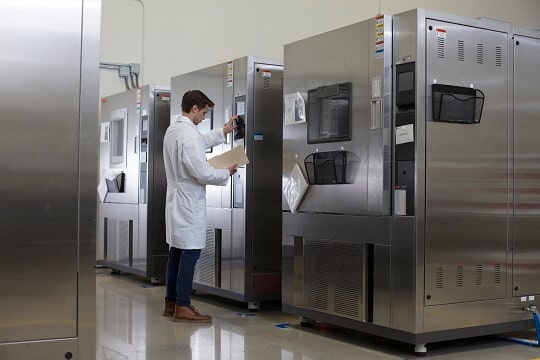

Q: Does ASTM D3103 apply to passive and active distribution packaging for cold chain distribution or just active packaging?
Someone reached out to us with this question about cold chain qualified packaging a few weeks ago. To answer this question, we will dig into the scope of ASTM D3103, explain the differences between active packaging and passive packaging, and then offer our answer to this question!
ASTM D3103: Standard Test Method for Thermal Insulation Performance of Distribution Packages
In the scope of this standard test method, it is stated that “This test method covers the determination of the thermal insulation quality of a package and the thermal stability of its contents when exposed to variable ambient temperature conditions. It is suitable for testing packages with various internal energy sources with or without product payloads.”
“Internal energy sources” can be described as refrigerants. In this standard, refrigerants are considered eutectic materials, gel packs, ice, or other material that serves as an energy source or buffer medium within the packaging.
Active packaging
Active cold chain packaging requires an energy source, such as electrical refrigeration or battery, to maintain the specified internal temperature of thermal packaging. An example of a product/device that would use active packaging for distribution are doses of COVID-19 vaccines.
In some cases, active packaging can also feature refrigerants like gel packs and dry ice, which would make it more of a “hybrid” thermal package.
Passive Packaging
Passive cold chain packaging requires refrigerants such as gel packs or dry ice to maintain the specified internal temperature of the thermal packaging. An example of this is the shipper you receive when you order from Hello Fresh.
What’s the verdict on active and passive packaging?
Based on the information in ASTM D3103 and our knowledge of passive and active packaging, our answer is that ASTM D3103 doesn’t apply solely to active packaging for cold chain distribution and rather is a test method that is acceptable for passive packaging and active packaging.
Have questions about your study’s cold chain packaging requirements? Contact us today to speak with one of our skilled representatives!